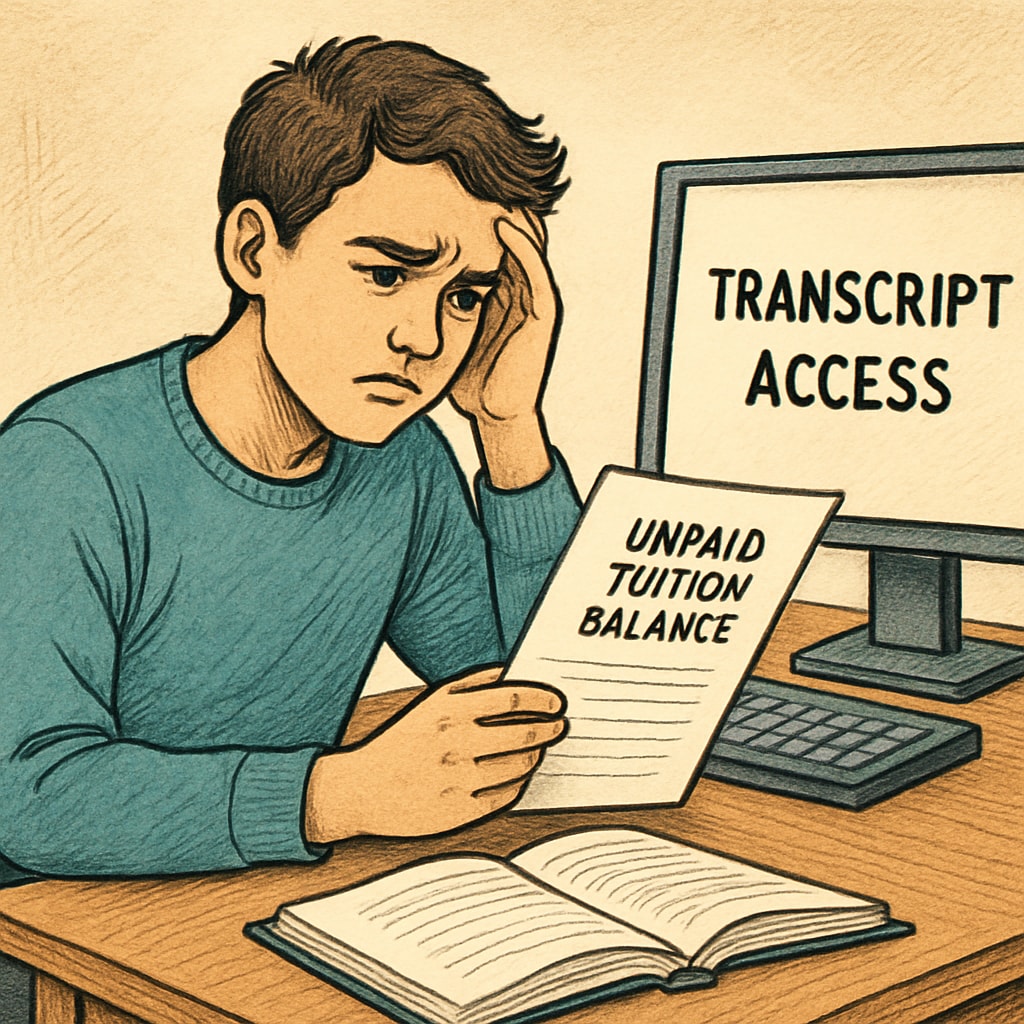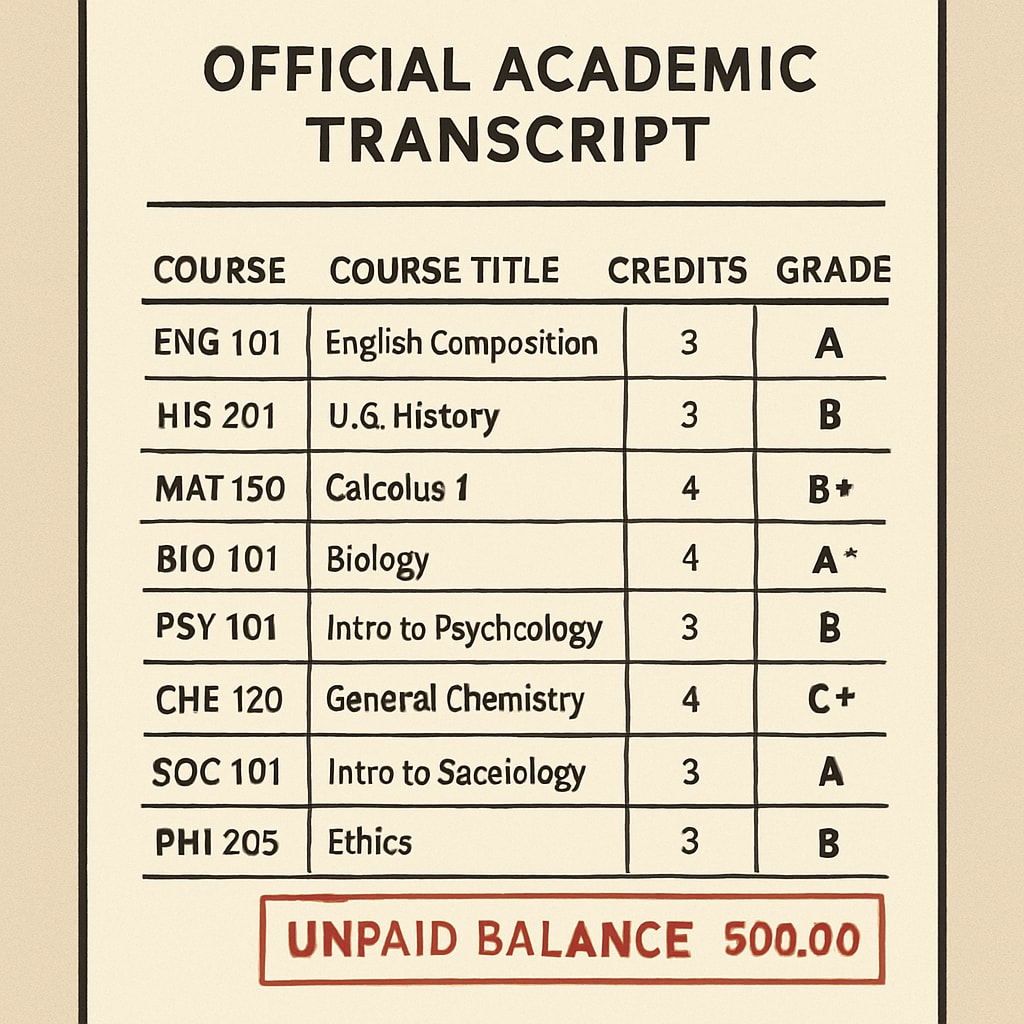Obtaining transcripts with unpaid tuition fees is a common challenge for students worldwide, especially those preparing for critical applications such as the PRC exam. Balancing financial obligations and academic needs can create significant stress, particularly when institutions enforce policies that restrict access to transcripts until outstanding balances are resolved. This article delves into the complexities surrounding this issue, examines institutional policies, and offers practical solutions to help alleviate the burden on affected students.
Understanding the Connection Between Tuition Fees and Transcript Access
Academic institutions often implement policies linking transcript access to financial obligations. These policies are grounded in the idea that tuition fees are a vital source of funding for educational services, and withholding transcripts serves as leverage to ensure payments are made. While this approach may be effective in encouraging timely payments, it can disproportionately impact students facing financial hardship, hindering their ability to pursue further academic or professional opportunities.
For example, students applying for professional certifications like the PRC exam (Professional Regulation Commission) may find themselves unable to meet application deadlines due to restricted access to their academic records. This creates a cycle where financial difficulties directly impede academic and career progress.

The Impact of Restricted Transcript Access on Students
Withholding transcripts can have far-reaching consequences for students. Without access to their academic records, they may face roadblocks in:
- Applying for graduate programs or professional certifications
- Meeting job application requirements where transcripts are mandatory
- Transferring to another institution to continue their education
In addition, the psychological toll of navigating these obstacles can exacerbate stress and anxiety for students already struggling financially. Institutions must recognize the delicate balance between enforcing financial policies and supporting students’ educational rights.

Practical Solutions for Students Facing Financial Challenges
For students encountering difficulties in accessing transcripts due to unpaid fees, several strategies can help mitigate the situation:
- Negotiate with the Institution: Many schools offer payment plans or partial transcript access for specific purposes, such as job or certification applications. Students should inquire about these options.
- Seek Financial Aid or Scholarships: Applying for emergency financial aid or scholarships can provide immediate relief for unpaid balances.
- Request a Letter of Explanation: Some institutions may provide alternative documentation explaining the student’s academic achievements to potential employers or certification bodies.
- Leverage Legal Protections: In some jurisdictions, laws regulate whether institutions can withhold transcripts for unpaid balances. Students should research their rights and consult legal help if necessary.
In addition to these steps, advocacy groups and policymakers should work toward creating frameworks that protect students from being disproportionately affected by financial barriers to education. For example, education finance policies could be adjusted to ensure equitable access to academic records.
Striking a Balance Between Financial Responsibility and Education Rights
Ultimately, addressing the issue of restricted transcript access requires collaboration between students, institutions, and policymakers. Institutions should aim to strike a balance by supporting students’ educational pursuits while maintaining financial accountability. For example, adopting fair policies that allow conditional transcript access for specific scenarios—such as PRC exam applications—can prevent financial difficulties from becoming insurmountable barriers.
Efforts to educate students about financial planning and tuition management, alongside institutional support systems, will also play a pivotal role in fostering equitable access to education. As higher education becomes increasingly intertwined with financial pressures, proactive measures are essential to ensure students can achieve their academic and career goals without undue limitations.
By addressing these challenges head-on, institutions and students can work together to create a more inclusive and supportive educational environment.
Readability guidance: This article uses short paragraphs, lists, and clear headings to improve readability. Transitions such as “however,” “in addition,” and “for example” are integrated throughout to ensure smooth flow.


